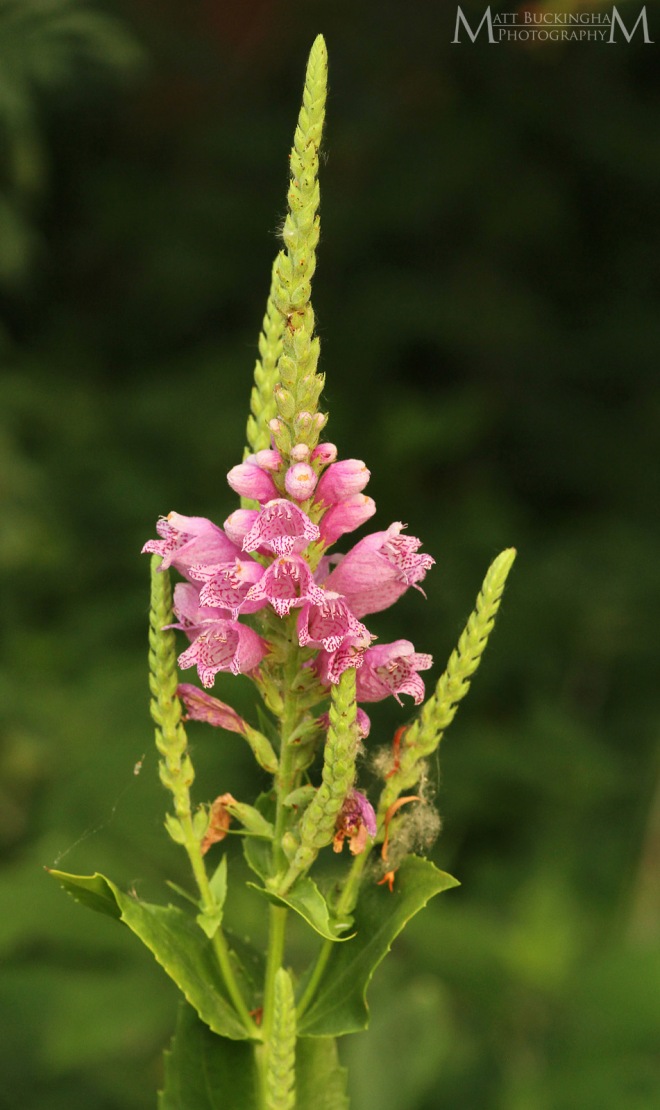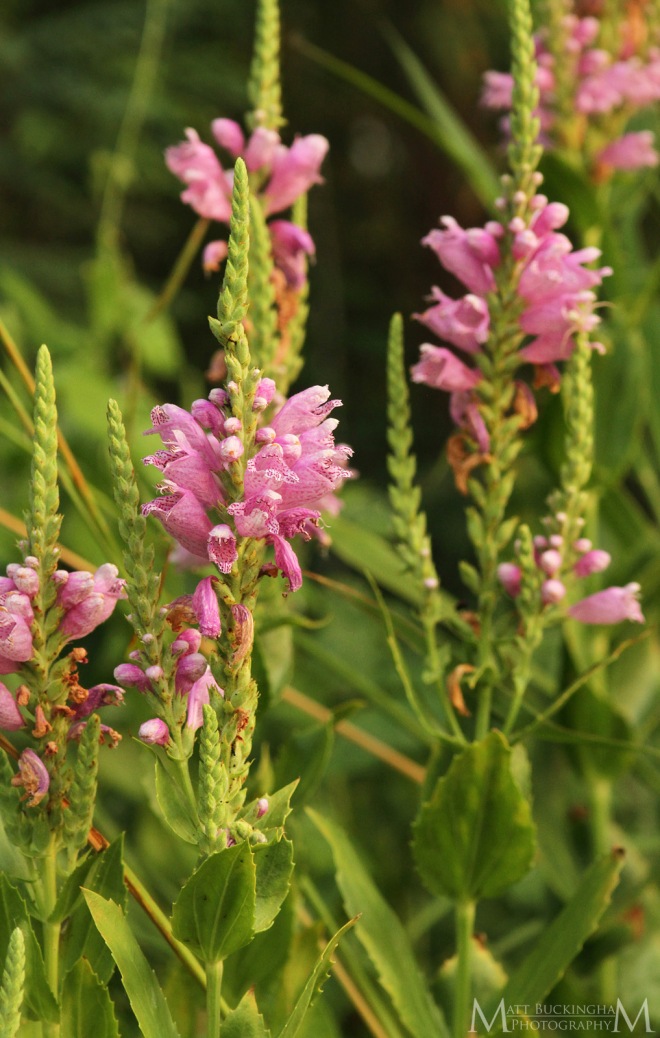Target Species: Correll’s False Dragonhead (Physostegia correllii)

To many I’m sure that my relentless, often obsessive pursuit of the natural world seems like an addiction. I can understand why. I truly crave spending time in the natural world, and when I go very long without setting foot in some wild place, I begin to have withdrawals, which affect my mood and well-being. But to me it’s not an addiction, but rather a part of me. It has been with me since I can remember, the itch to explore nature gnawing at me and pulling me to the wilderness.
Last weekend Carolina and I traveled to Kyle to help my brother move. We arrived a day early so we would have some time to explore. First we took the tour at “A Cave Without a Name”. This cave system really is a hidden gem. It is not as well known as many of the other cave tours in central Texas, but it was spectacular and the tour guide was very knowledgeable and the tour informative. Following the cave tour we spent some time swimming in the Guadalupe River nearby. Here we delighted in the various species of damselflies that would land on our heads. We soon realized that we could get them to land on our fingertips if we stuck them above the water like a makeshift perch. Carolina’s sharp eyes also spotted a young Guadalupe Spiny Softshell Turtle (Apalone spinifera guadalupensis) among the rocks in the shallows.

After a couple of hours we ventured to another river system: the Colorado. The Colorado River and a handful of tributaries are one of the last strongholds for a rare and seemingly vanishing plant, the Correll’s False Dragonhead. After several failed searches of stream banks that I thought might harbor this rarity, I finally found it along the mucky banks of the Colorado itself.

Physostegia correllii is an impressive plant. Some of the individuals I observed were taller than I was. This species is a bit of an oddity, as it occurs in a variety of different habitats. The only common denominator seems to be the presence of some kind of channel. They grow along rivers and streams like the Rio Grande in South Texas and northern Mexico to drainage ditches along roadways in Louisiana. It seems strange, then that it has become so rare. Sometimes we might consider a plant to be rare, when in reality it is only easily overlooked. This is not the case with the Correll’s False Dragonhead, however. This plant sticks out like a sore thumb and would immediately capture the attention of anyone passing by it. That begs the question: why is it so rare. I don’t believe it has to do with it’s reproductive biology or proclivity to germinate, as it is easily propagated in captivity. I have been unable to find a good answer to this question, but that certainly doesn’t mean that one doesn’t exist.

Physostegia correllii is named for botanist Donovan Stewart Correll. Correll was an influential figure in Texas botany. He was instrumental in developing monumental works like Orchids of North America, North of Mexico; Aquatic and Wetland Plants of the Southwestern United States; and the Manual of the Vascular Plants of Texas which is the most comprehensive treatment of our flora.

Finding Correll’s False Dragonhead was particularly special for me, as it was the last species of the genus Physostegia in Texas that I had yet to see. Texas, particularly southeast Texas, is the center of diversity for Physostegia, with 7 of the 12 recognized species occurring here. There are records of P. correllii from Harris, Montgomery, Galveston, and Chambers Counties, but to my knowledge they have not been recently observed here.

I always found members of the genus Physostegia to be extremely photogenic. They have interesting shapes and most have rich colors and intricate patterns on the blooms. I enjoyed photographing several individuals in the group I encountered in the fading evening light.

Growing alongside the dragonheads were several American Water-willows (Justicia americana). A wetland species, J. americana ranges over much of the eastern United States, reaching the southwestern extent of its range in southwestern Texas and northern Mexico. To me, the attractive little blooms are reminiscent of orchids.

With the light quickly fading we traveled further along the Colorado to the Congress Avenue Bridge where we watched in excess of one million Mexican Free-tailed Bats spill out from their daytime roosts into the night sky. It was the perfect end to a perfect day.
